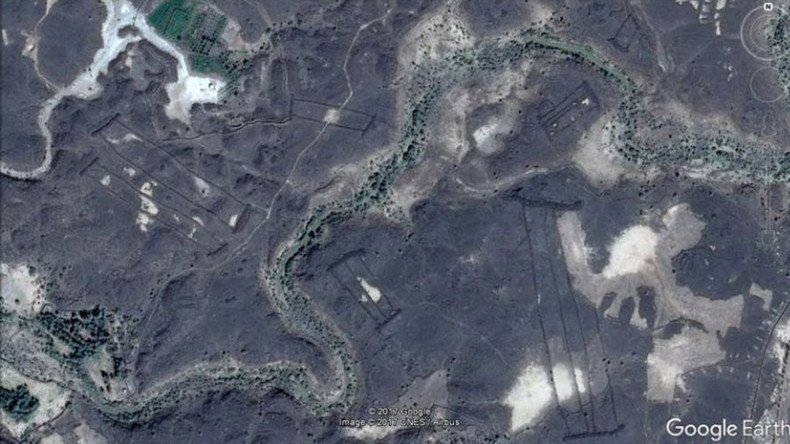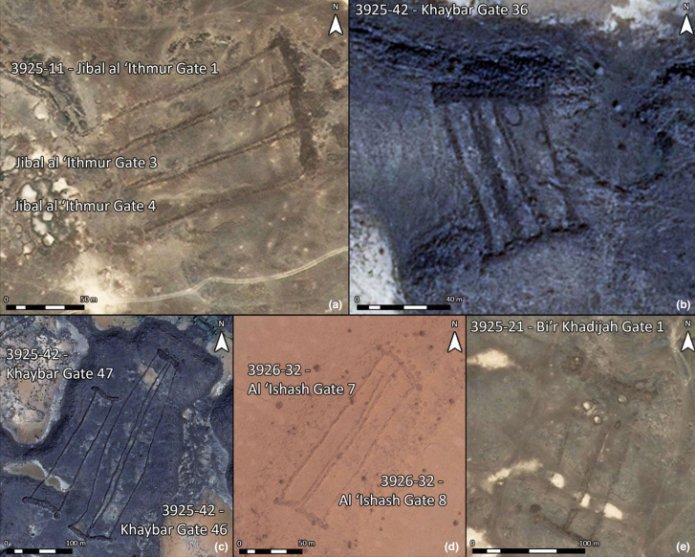Ancient lava field walls mystify archaeologists in Saudi Arabia (VIDEO)

Archaeologists are baffled at the discovery of a mysterious ancient site in the inhospitable lava fields of western Saudi Arabia.
Some 400 structures, known as ‘gates’ due to their long, rectangular shape, have been found in Harrat Khaybar, a volcanic field north of Medina.
READ MORE: Multiple explosions at Mexican volcano put citizens on alert (VIDEOS)
Writing in the journal Arabian Archaeology and Epigraphy, David Kennedy of the University of Western Australia says he believes the structures date back thousands of years to a time when the landscape was much less barren.
The academic also compared the find to similar sites found in neighboring Jordan, hinting that local folklore might hold clues to what they are and why they were built.
The gates were first discovered by an amateur Saudi heritage group, who used satellite imagery from Google Earth to mark places of interest. The group, known as the ‘Desert Team,’ then visited the sites before publishing pictures and survey data to its website.
Low with rough-built walls, the structures measure between 50-150 meters (160-500ft) in length, with the longest one measuring 500 meters (1,700ft), around the size of a football field.

Researchers estimate that there are tens of thousands of stone cairns dotted among the gates. Historically, stone wall cairns act as burial monuments, but fieldwork would be required to see if there are human remains at the site.
Other types of stone structures – such as "kites," which were used to hunt animals – have also been discovered in the lava fields.
Archaeologists found evidence of link between Nordic tribes and Islam https://t.co/cp9vCJAYhg
— RT (@RT_com) October 12, 2017
Volcanologist Vic Camp told Live Science that the location of some of the gates around lava domes, white-capped mounts of dried volcanic material, suggests that some of the structures were built around 7,000 years ago.












